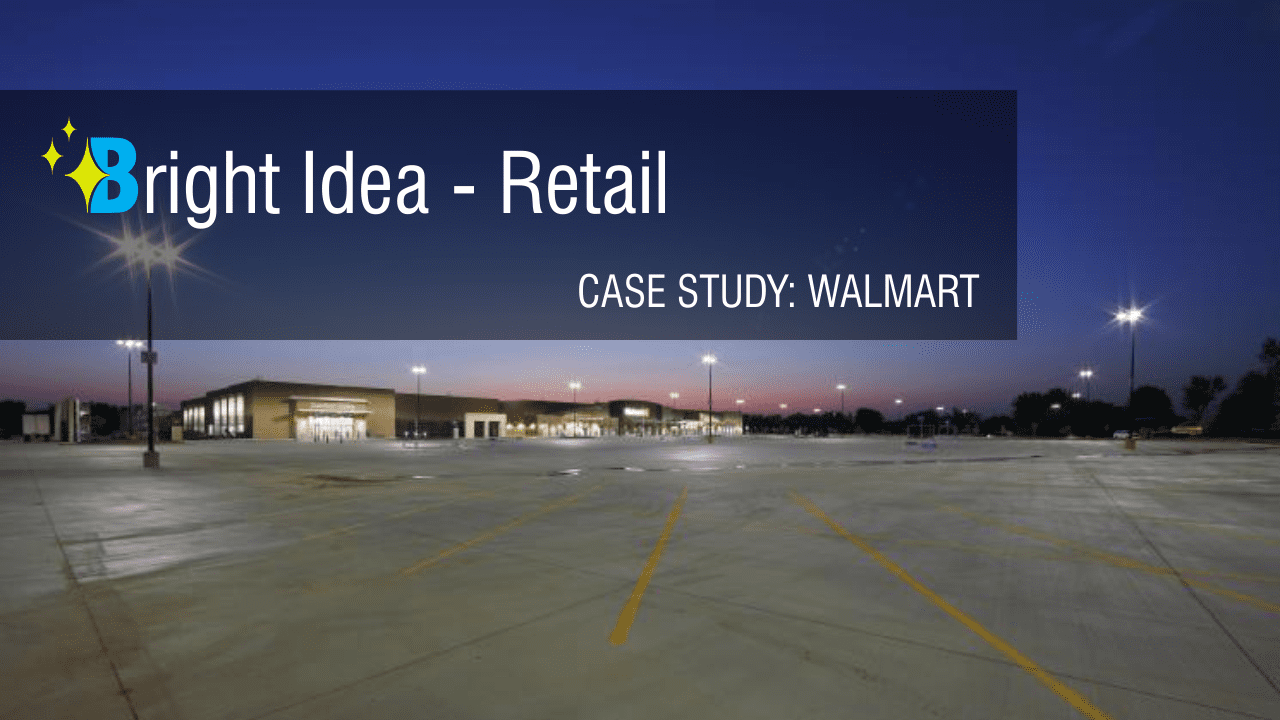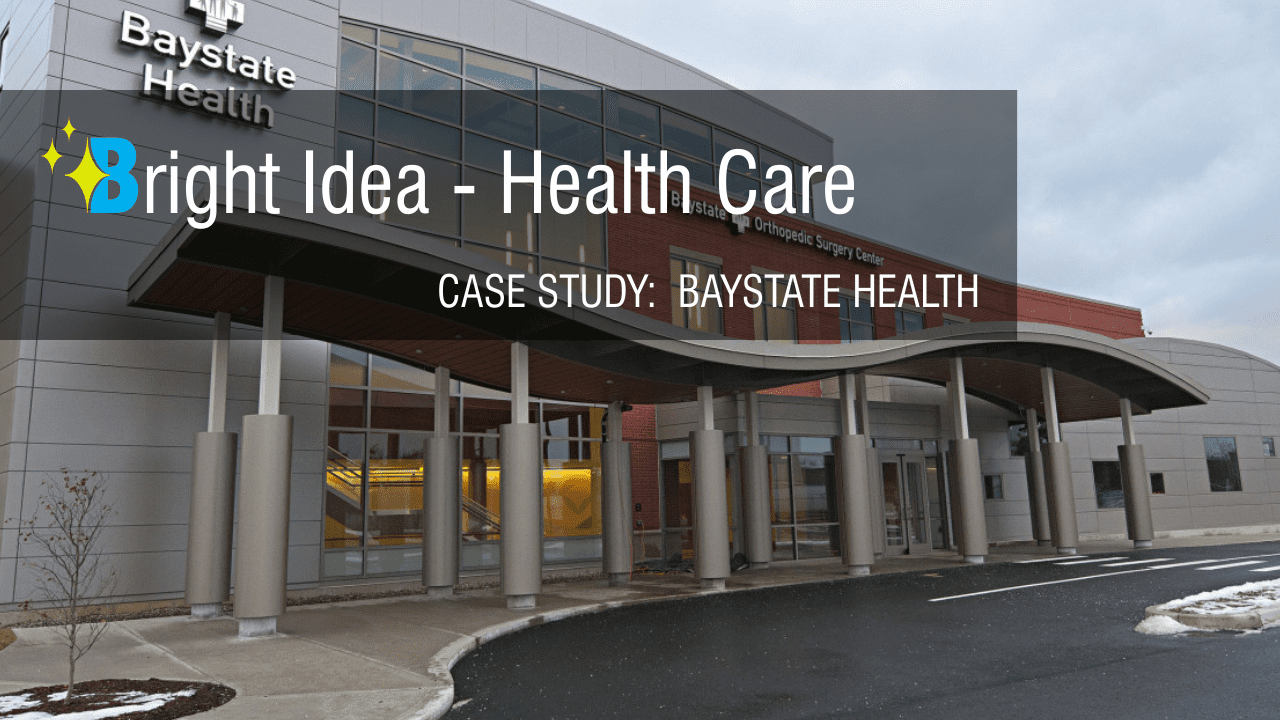
This report documents the first full parking lot installation of light-emitting diode (LED) products for Walmart, which was done at a Walmart Supercenter in Leavenworth, Kansas. For years, Walmart has explored alternatives to conventional (metal halide [MH] or high-pressure sodium) lighting technologies in its parking lots as a way to save energy, improve the environmental aspects of operation, and potentially reduce maintenance costs. However, the company has approached LED luminaires cautiously pending additional research and analysis.
In 2008, the U.S. Department of Energy (DOE) formed the Retailer Energy Alliance (REA), which brings together similar types of end users to exchange information and leverage buying capacity in order to help expedite market adoption of energy efficient technologies and design practices.1 The REA encompasses several different building system subcommittees (e.g., electrical, mechanical, renewable power). A working group was formed as part of the Lighting & Electrical Subcommittee, of which Walmart is an active participant, to develop an LED parking lot specification. Version 1.2 of the LED parking lot specification was completed in June 2009 and was subsequently expanded to encompass other energy alliances across the broader Commercial Building Energy Alliance (CBEA) (EERE 2011).
With this milestone completed, Walmart agreed to install LEDs across an entire site and in the process “test drive” the CBEA specification
Read the full report: https://www1.eere.energy.gov/buildings/publications/pdfs/ssl/gateway_walmart.pdf










 “It’s hard for a car dealership to be green,” says General Manager Jay Frank at Larry H. Miller Volkswagen in Lakewood, Colorado. “We keep the lights on inside and out almost all of the time but we knew we could be smarter about our energy use.” Frank had previously chosen compact fluorescent bulbs in his service lounge hoping to conserve energy but found the bulbs came with problems. He wasn’t happy with the light they emitted and says they burned out too often, so he was constantly replacing them, spending money he was trying to save.
“It’s hard for a car dealership to be green,” says General Manager Jay Frank at Larry H. Miller Volkswagen in Lakewood, Colorado. “We keep the lights on inside and out almost all of the time but we knew we could be smarter about our energy use.” Frank had previously chosen compact fluorescent bulbs in his service lounge hoping to conserve energy but found the bulbs came with problems. He wasn’t happy with the light they emitted and says they burned out too often, so he was constantly replacing them, spending money he was trying to save.